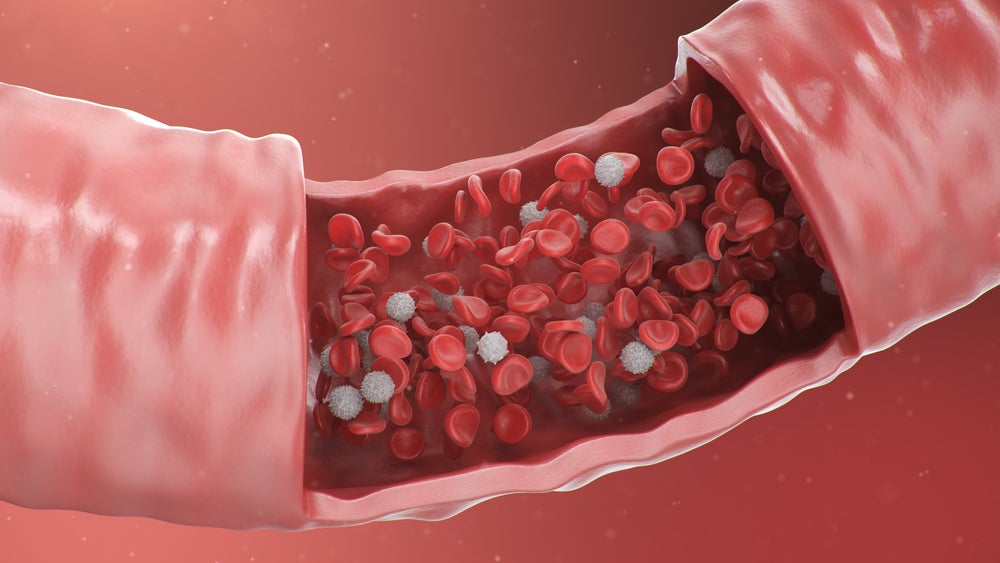Patient engagement, a strong term, but what does it really mean? The pharmaceutical industry has been sluggish in involving patients in clinical research, but it is in motion. This is surprising as “patients” have been the end user for most products developed by the industry. The regulatory agencies have joined the movement as well, such as the European Medicines Agency (EMA), which is continually striving for “[s]ystematic inclusion of real life experience in EMA regulated output” (1).
Understand
Industry and the regulators have struggled to understand what patients want and need. Historically, industry has at times used information from physicians as patient-relevant information, without direct contact with the patients. Reaching out to patients is one approach, but how?
Starting out, we need to approach patients by communicating with them, learning about them and their disease. There are several ways to achieve this, for instance through online surveys, social media, input from patient groups/organizations, interviews. We might be surprised to discover that it is those small changes, which have meant the most to patients.
Why is a thorough understanding of patients’ needs so instrumental to efficient development? The reason is simple: examining endpoints meaningful to patients can make the difference between a me-too and a best-in-class product. Similarly, identifying sub-populations with particularly high unmet medical needs and targeting your product profile to these very needs offers the opportunity of value-based pricing later on.
Implement
The information gained can be used to create meaningful development strategies. The goal is to apply this information in order to develop real-life approaches to investigating new therapeutic methods, which provide meaningful options for patients.
How well do you really know your competitors?
Access the most comprehensive Company Profiles on the market, powered by GlobalData. Save hours of research. Gain competitive edge.

Thank you!
Your download email will arrive shortly
Not ready to buy yet? Download a free sample
We are confident about the unique quality of our Company Profiles. However, we want you to make the most beneficial decision for your business, so we offer a free sample that you can download by submitting the below form
By GlobalDataSee Also:
The information obtained can be useful early on from drug discovery, formulation development, clinical trial protocols and recruitment, to decision making on reimbursement and market access. Involving patients at an early stage has not been a common approach. This is surprising because it helps to identify hidden product potential and “killing” potential losers, i.e.product concepts without competitive patient advantage.
Convince
How do we gain the active participation of patients in these initiatives? Reaching out to individual patients and to patient groups is only the beginning. Industry must demonstrate their dedication to learning more about the disease with a potential to explore treatment options. It is imperative that industry remains transparent and promises only what is feasible. Patients appreciate true opportunities to share their expertise with industry, for instance when discussing clinical trial designs. But they are put-off by situations, which do notseriously embrace their input and their involvement.
Trust and honesty are the keys and it is a two-way street: patients need to trust industry and industry needs to trust the input of patients.
Trust
The first step towards solidifying trust must involve professional and reliable experts, savvy in establishing contacts with patients. By extending an invitation to participate in shaping research strategies or operational aspects of clinical research, a window of opportunity is created be it face to face or written/digital.
Confidentiality and compliance must accompany any interactions. These can be included in agreements and defining the scope of involvement.
What’s in it for me?
The goal is to discover and develop safe and efficacious treatments for patients and bringing them to the market as quickly as possible. Patients will have the possibility to influence their lives through gaining more information on their disease.
Their contribution will provide industry with innovative approaches and possibilities for developing new treatments. Most importantly, involving patients during Research and Development (R&D) can make the process more efficient by addressing burning questions and speeding up time to market.
Recruitment in clinical trials remains a challenge. Patient input early on regarding potential hurdles within clinical trial protocols, can influence the successful recruitment in clinical trials. Protocol design, inclusion and exclusion criteria, often include scenarios which are not practical or which create additional burdens for patients. Such situations are not conducive to patient participation in clinical trials and often slow down trial recruitment, inability to adhere to development plans, timelines and in the end negatively impact cost and time to market.
Gaining commitment from patient groups to recommend participation in clinical trials can be instrumental in order to meet recruitment timelines. This is a win-win for all. Industry must, however, commit to providing sufficient know-how and financial resources in order to make this happen.
The approach is for all patients, be it those with rare or widespread diseases.
It is exactly the developments within the digital health care arena, which facilitate this, such as Patient Reported Outcomes, Real World Outcomes, and Quality of Life.Regulators embrace what patients need for improving Quality of Life.
Reimbursement and Market Access
Most critical to successful market access and reimbursement is a data set that is patient-relevant, for instance addressing unmet needs with regards to mortality, morbidity or Quality of Life. The best approach at this critical stage of R&D is to involve patients very early on to help in shaping the profile and the route to marketing authorization. Clinical development plans often promise a “quick and cheap” market access. The focus and aspects, which are relevant according to patients, are not always present.
This may be due to shortcomings of the clinical design such as lack of randomized controlled trials, selection of suitable comparators, meaningful objectives, endpoints, and statistical considerations. When preparing a Health Technology Assessment (HTA) dossier, it should be mandatory to check carefully for patient-relevant arguments supported by the data as it stands. Those issues, which are important for patients, should be integrated into the supporting argumentation and supplementary analysis documentation proactively.
To do list
Create a comprehensive Patient Engagement Plan, which will define the scope and timelines for actively involving patients. One approach is to collaborate with external partners, who are independent, yet experienced in patient centered actions. Using external partners, builds up a neutral, professional environment for industry and patients, supporting views and understanding both sides.Share the Patient Engagement Plan upfront, implementing suggestions from industry and patients in as far as the suggestions are practical and possible.
Each Patient Engagement Plan will be different and reflect the needs of the patients/disease and the industry. Be careful when offered “one-size-fits-all” approaches. In fact, patient engagement must be tailored to suit the purpose. Such plans are dynamic and will grow with the relationship. For example the plan might begin with a basic research strategy and approach of what “treatment” focus is targeted for unmet medical needs. Later on there could be a need for patient input into the clinical research approach and mechanics of proposed clinical protocols.
It is imperative that whatever you decide to do in order to establish or extend your patient engagement activities that you have full support from your organization, including legal and financial.
Finally, we must remember that patients are our partners.
Nancy Meyerson-Hess, BA, MPhil
Associate Partner
admedicum
References
EMA website March 2017 – http://www.ema.europa.eu/ema/index.jsp?curl=pages/partners_and_networks/general/general_content_000317.jsp&







